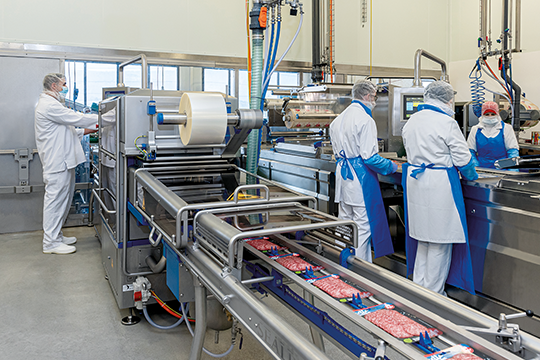Sealpac has launched the FlatMap sustainable packaging system which it says relies on a high proportion of renewable raw materials that allows for up to 75 per cent of plastic to be saved.

The new FlatMap packaging system is comprised of a cardboard carrier made from bleached or unbleached fibre and coated with a thin protective layer, which provides stability, as well as a reliable barrier against fat, moisture and oxygen.
The system places sliced products on the flat cardboard carrier which are securely sealed under modified atmosphere via a thin lidding film that prolongs their shelf life. Both the protective layer and lidding film are polyolefin-based, making them fully recyclable. Consumer-friendly opening of the pack is ensured by an easy-to-grip peel tab.
Sealpac said that, due to the perfectly flat design of the pack, a new level of reclosability can be achieved, which ensures optimal freshness and easy storage in the fridge.
The cardboard carrier can be printed in high quality on both sides, offering plenty of space for branding and product information.
According to Sealpac, the FlatMap system's resource-saving use of materials is a major advantage. Compared to common modified atmosphere packaging, up to 75 per cent of plastic can be saved. At the same time, recycling is improved. After finishing the product, the thin layer is easily removed from the cardboard carrier by means of a peel tab, to allow for disposal as plastic waste together with the lidding film. The cardboard carrier can be thrown away separately as paper waste.
The new FlatMap system was developed by Sealpac in close cooperation with established partners Van Genechten Packaging (cardboard) and Buergofol (layer and lidding film). As a result, Sealpac says, perfect handling on fully automated lines is guaranteed.
FlatMap is available on Sealpac A-series traysealers with servo drive and FlatMap preparation, for example by using the SmartCord in-feed system. This ensures a reliable sealing process under modified atmosphere.






